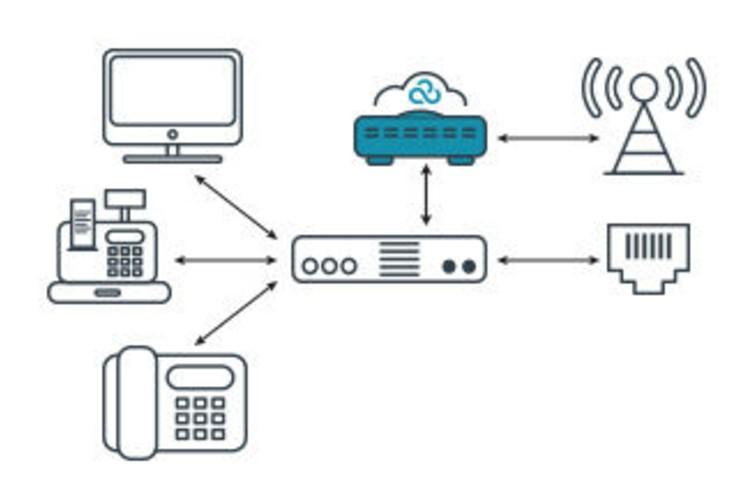
The era of Wireless WAN has firmly arrived and is the critical infrastructure in driving innovation, including playing a role in business recovery from the pandemic, according to Cradlepoint’s annual survey, titled State of Wireless WAN Report. The survey findings demonstrate confidence and excitement for 5G, pointing to increasing adoption in the coming year.
“Having a secure, flexible, and reliable WAN edge is more critical to business success than ever,” says Donna Johnson, Vice President of Product and Solution Marketing at Cradlepoint. “As organizations look to adapt to a new normal and get back to business, Wireless WAN solutions uniquely enable network agility while enhancing security and scale.”
Traditional wired WANs are complex, slow to adapt, and applicable to only fixed locations. As businesses reinvent the way they serve their customers, they are increasingly turning to Wireless WAN technology to connect people, places, and things anywhere. Key findings from the report include:
Wireless WAN’s Rise to Dominance
The agility required by pandemic-hastened business transformation and the growing number of connected devices are the top reasons businesses are turning to Wireless WAN solutions.
Bandwidth is another significant factor in the increased use of Wireless WAN links. 57% of respondents said bandwidth is a reason for adopting broadband, and 49% said it was a reason for choosing LTE. Today’s cellular networks are approaching fiber-fast speeds and provide rapid deployment capabilities that are unparalleled.
LTE Enables Business Agility
As businesses scramble to create new services and find new ways to engage and serve their customers, WAN flexibility is essential. 51% cited the flexibility of LTE to enable new services as a top reason for turning to Wireless WAN solutions.
78% of companies surveyed either use or plan to use LTE to provide WAN or internet connectivity to at least some locations, but the use of LTE is also expanding beyond just the branch. 53% of companies are using it to connect in-vehicle networks, and 77% are connecting IoT devices. Additionally, 40% of respondents are using LTE to connect fixed locations, vehicles, and IoT, making LTE the top choice for connecting people, places, and things across the rapidly expanding WAN edge. This metric helps explain why 62% of enterprises plan to increase their use of LTE in the next three years.
5G: Ready to Takeoff
IT decision-makers believe in the promise of 5G, with 67% either confident or very confident 5G will deliver business benefits within the next year. 82% believe 5G will deliver increased WAN speeds within the next year, and 66% think it will provide improved reliability.
Cradlepoint provides enterprise and government organizations with a clear pathway to 5G and has delivered the world’s first and most comprehensive 5G WAN edge solution for business. 5G solutions are available through Telstra in Australia, with additional carrier partners and markets to be announced later in 2020.
“It’s no secret that the ongoing pandemic has forced businesses to be more innovative and creative than ever, and Wireless WAN has proven to be a critical enabler,” Johnson says. “With the emergence of 5G bringing faster speeds and smarter cellular networks, the ascension of Wireless WAN as critical infrastructure is inevitable.”
Cradlepoint partnered with IDG to conduct an online survey of 499 IT decision-makers (vice presidents, directors, and managers) in the US, Canada, and the UK. This report details the research findings and offers insight into the growth of Wireless WAN in the enterprise, how businesses are using Wireless WAN, and how they plan to use 5G and other cellular advancements as the speed and capabilities of wireless connections continue to evolve.
Survey respondents were required to have a title of IT manager or higher and work for a company with 50 or more employees. The respondents represented a wide variety of industries, including manufacturing, financial services, healthcare, and construction.

 In
In
Add new comment